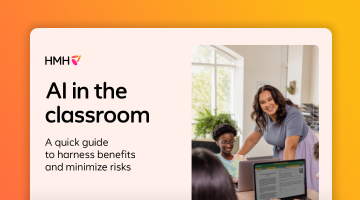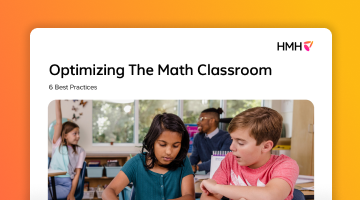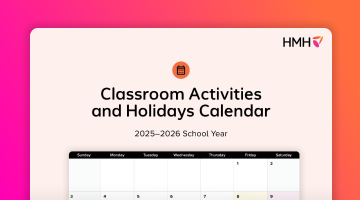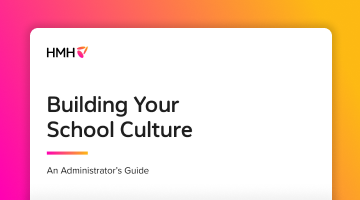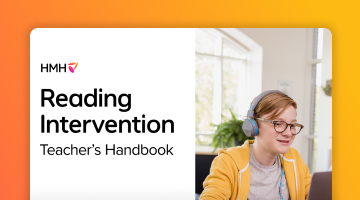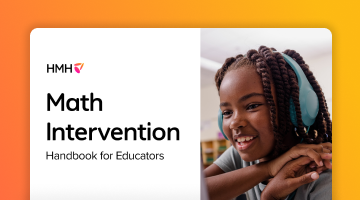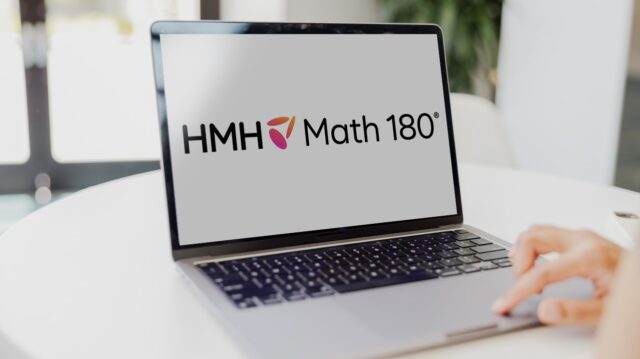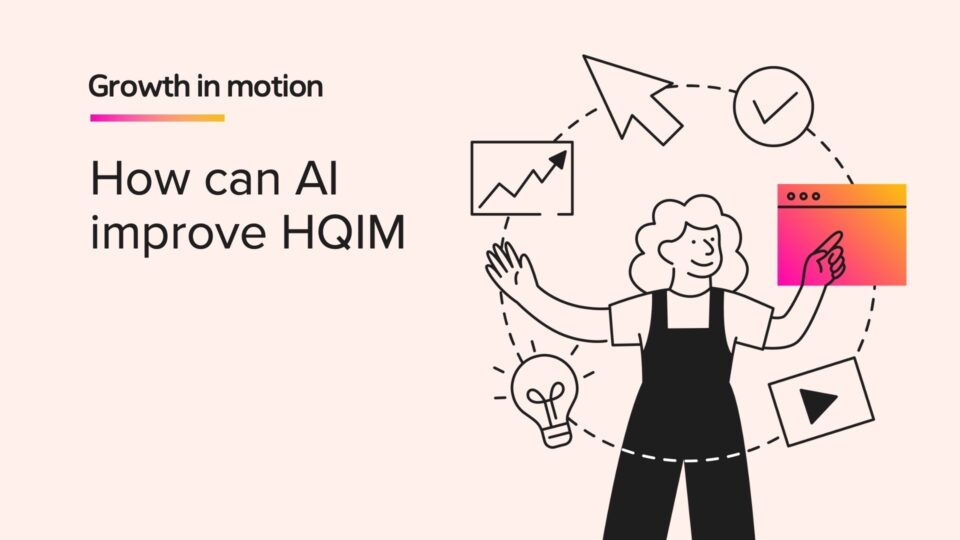
My 30-year story of working with AI began as a career in video games.
Fast forward to Thanksgiving dinner, many years later, as I was leaving the video game business and thinking about the second act of my professional life. I was sitting next to my cousin, Sara, a teacher in New York City, discussing how recently I’d been reading a lot of books on a Kindle and was fascinated by the integrated dictionary.
While reading, I was finally looking up words and realized my vocabulary was growing. We talked about my experience with the Kindle, its integrated dictionary, and how removing friction changed my learning behavior.
It was a realization that changed the arc of my career.
At its best, AI has the power to remove friction in the classroom environment and accelerate growth for every student. But that will only happen if it’s not lazy and it goes through the hard process of integrating with evidence-based curriculum, informed by high-quality student assessment data, and—most importantly—designed to empower human-to-human connection, not replace it.
Classroom AI use is growing at an explosive pace—fivefold in a single year. To meet this skyrocketing demand, there has been a flood of standalone AI teaching tools. Here’s the problem: many of these tools are disconnected from standards-aligned, high-quality curriculum and lack the guardrails needed to ensure students can succeed.
As a standalone company founder, I saw the acute need to build AI on top of a high-quality curriculum. It's one of the reasons we were so excited to join HMH. Seeing the power of joining AI to the content, the results are night and day. When the AI works with the curriculum, we get highly tailored materials that meet the classroom needs while also retaining the meticulous evidence-based design in the curriculum.
We’re setting a clear direction at HMH: AI must align with high-quality instructional materials. It must make teaching sharper, better, smarter—not replace it. It should give educators insights into student learning, make their workflows more efficient, and give them more time to personally engage with students. And it must never compromise student privacy or security.
As AI enters the classroom at breakneck speed, we must ask ourselves a few important questions: Is it designed to enhance instruction? Is it tested and trusted? Will it supercharge the progress made toward high-quality instructional materials, or squander it?
Teachers don’t need more complexity in their daily lives. They need easy-to-use technology that understands their curriculum, values their time, and puts instructional insights at their fingertips.
Executive Vice President, HMH Labs
Teachers don’t need more complexity in their daily lives. They need easy-to-use technology that understands their curriculum, values their time, and puts instructional insights at their fingertips.
Here’s what that looks like:
- Systemwide instructional coherence where educators can access high-quality instructional materials and generate lesson plans, scaffolds, assignments, presentations, and more, all grounded in evidence-based, standards-aligned curriculum.
- Real-time, actionable student data insights and access to dashboards and reporting tools that synthesize student performance trends, enabling teachers and administrators to identify and address learning gaps at the classroom, school, or district level.
- Secure infrastructure that exceeds industry standards for data protection, using encryption and strict authentication protocols to safeguard sensitive information and protect student safety and privacy.
How does this all come together? Well, my grandmother used to say to me, “Yesterday is history, tomorrow is a mystery, but today is a gift. That is why we call it the present.”
Here’s how I see it: Data represents the past. Curriculum represents the future. And when you contextualize AI with the past and the future, you can unlock novel presents—precious moments in the classroom experience, anchored in human connection and high-quality instruction, that change lives for the better.
As we launch our new suite of fully-integrated generative AI Tools, I’m reminded of what I used to feel before every video game release: great works of art are never finished, only abandoned. But today, launching isn’t the end—it’s an invitation to collaborate and build something even greater together.
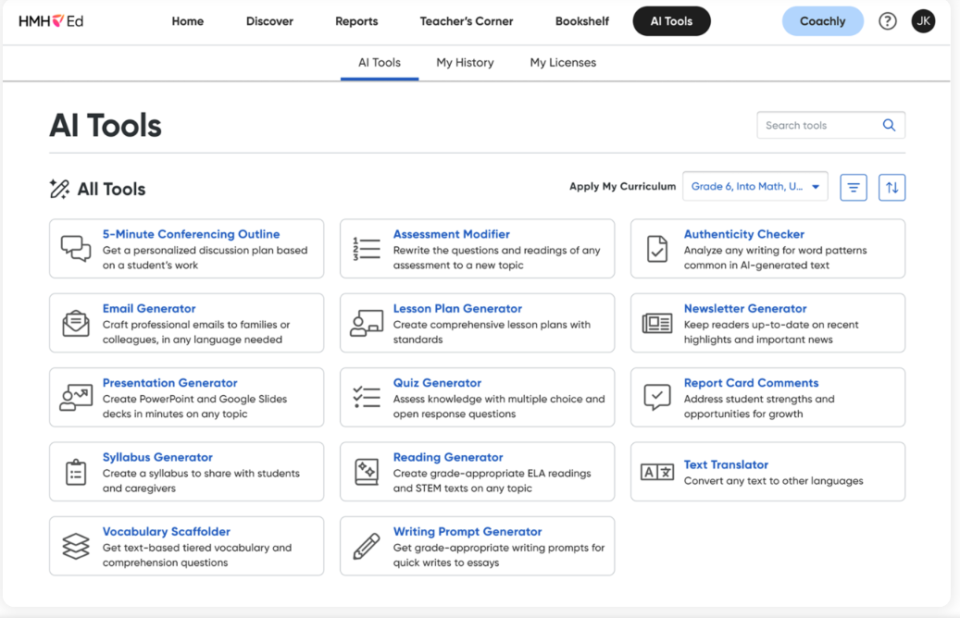
***
For more articles on trends in education from experts, subscribe to HMH's LinkedIn newsletter, Policy in Motion.
Discover best practices for integrating AI in the classroom.

